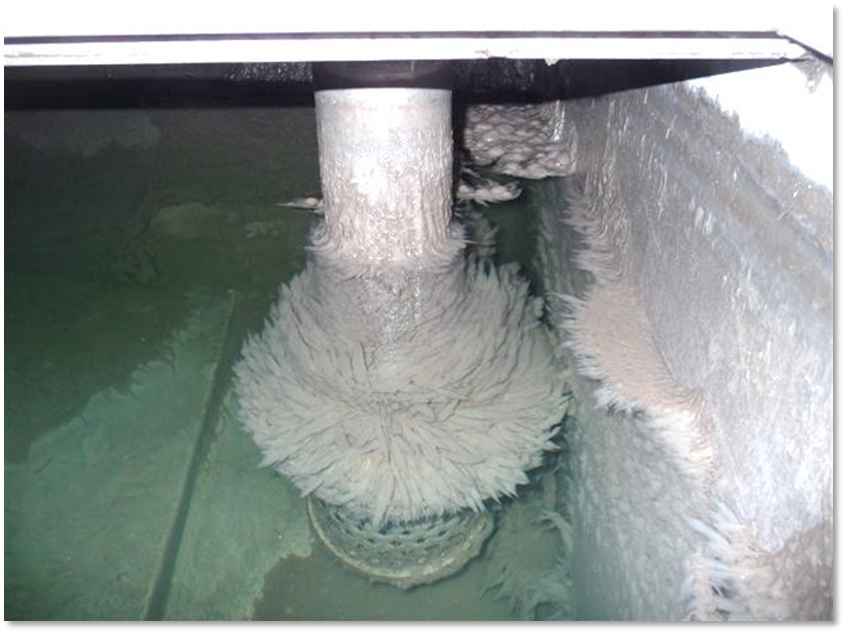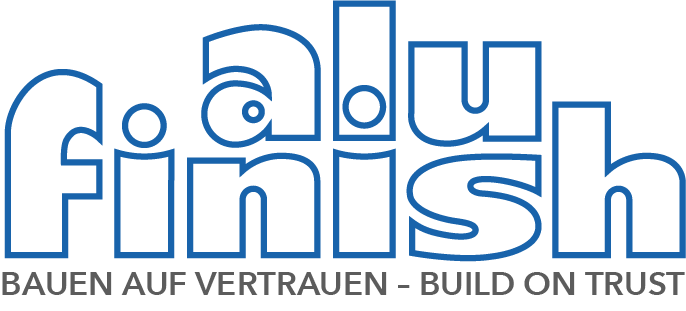Environmental protection and the search for more compatible processes have also had a strong influence on pre-treatment. In the past, chromium VI compounds were used to provide good corrosion protection and, due to the chemical composition of these baths (chromium(VI), conductivity values of about 8000 µS/cm and a strongly acidic pH value), a low-germ background was ensured; today, more environmentally friendly processes are used. However, due to today’s mostly chromium-free pretreatment, their low conductivity values and combination with cascaded rinsing technology for reduced water consumption, the overall system has also become more susceptible to germ growth.
How does the formation of microorganisms occur?
In principle, microorganisms form wherever the general conditions are right. Accordingly, germs such as bacteria, fungi, algae and yeasts develop very well in the pretreatment, as more environmentally friendly processes are used for reasons of environmental protection and fresh water is saved.


For example, chromium-free baths have conductivity values of just about 100 to 500 µS/cm, so they look more like saline process water.
What is interesting here, however, is that the contamination occurs mainly in the rinses before and after the actual process bath. Here, the pH value, salt load, temperature and conductivity are often at their best and thus promote germ growth.
Approaches
In order to be able to act against contamination, the weak points must be known. This shows that the susceptibility is mainly influenced by the system itself. Increased contamination tends to occur in the so-called “dead zones” of the system, where the exchange of substances is at its lowest. The susceptibility to microorganisms varies depending on how often the rinse water is changed, how high the water quality and temperature are, and which contaminated media are introduced into the bath. However, germs can already enter the bath with the water, for example when using well water or feeding from a germy ion exchanger system.
Accordingly, it makes particular sense to rely on preventive measures. In case of suspicion, the degree of contamination can be easily checked by means of test sticks containing a nutrient medium. If significant contamination is detected, the bath should be drained immediately and any visible biofilm should first be removed mechanically – as far as possible.
This is followed by an initial disinfection with a suitable system cleaner. After thoroughly rinsing and refilling the bath, it is then recommended to check again for microbiology. If microbial contamination has been successfully reduced to a minimum, continuous chemical disinfection of the bath with suitable biocides is then recommended. These can be added to the bath, e.g. by automatic dosing. Afterwards, the appearance of the bath solution should be monitored at regular intervals and, if necessary, checked with test sticks.
The disinfection of the water by means of UV radiation is also frequently used. This prevents possible resistance of the microorganisms. Which method is most suitable must be decided depending on the local conditions.
In principle, all hygiene parameters should be monitored regularly to enable rapid intervention and countermeasures. In this context, the process water and the deionized water must also be monitored. If these parameters are observed regularly and measures against contamination are taken at an early stage, the problem can often be brought under control again. Otherwise, there is a risk that the quality of the pre-treated goods will be negatively affected by remaining dead biomass on the surface.
